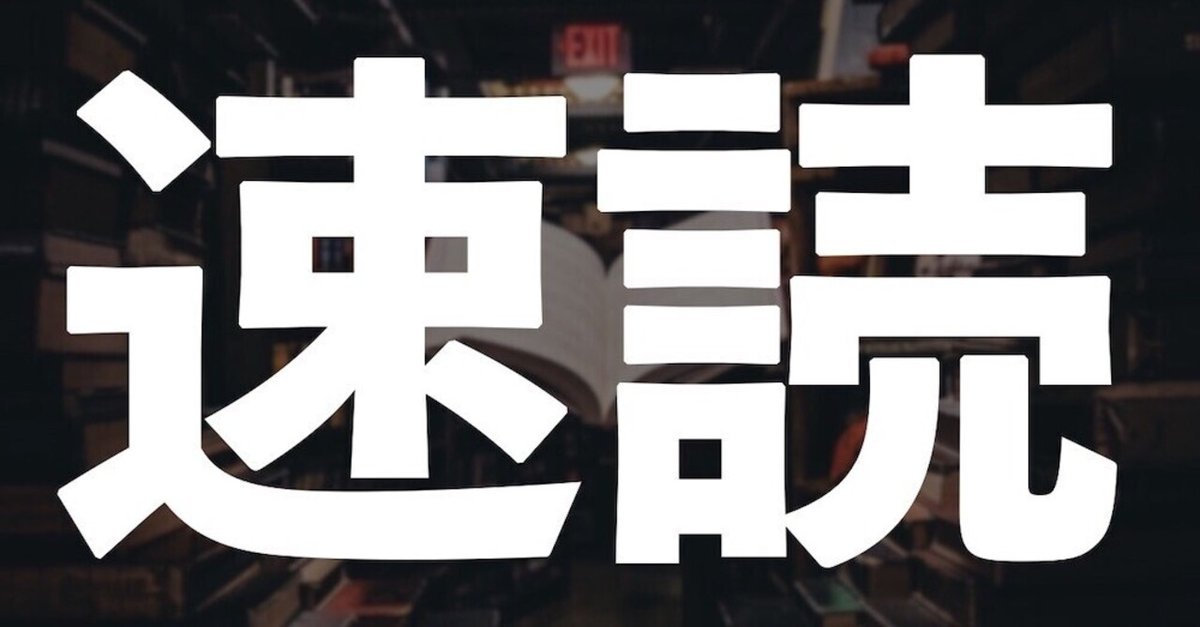
英文速読 中級-19
Traditions and customs based on superstitions and religion have been an important aspect of weddings in all cultures. They vary greatly from one country to another and sometimes even between different ethnic groups in a particular country.
Though many traditions and customs have been forgotten through the years, many of today`s wedding ceremonies have their beginnings in ancient beliefs and customs that originated in medieval times. In a Christian wedding, the *bride usually wears a white wedding gown to show that she is pure. White was a color that was once believed to keep evil spirits away. On the other hand, in Hinduism, white signifies the color of death. A Hindu bride usually wears a red dress with gold stitching. In China, both the bride and groom are dressed in red, which is a color associated with celebration and good fortune.
In many cultures, after the wedding it is traditional for the groom to carry the bride over the *threshold of their new home. This custom originated from the belief that bad luck may fall on the bride if she enters a new home with her left foot first. The custom of throwing rice or flowers at the newly married couple to wish them fertility and prosperity originated in Asia and later became popular in America. At a traditional Japanese wedding, it is considered unlucky to use words like “cut”, “separate”, or “leave”.
Though weddings in many part of the world still continue to be rituals that reflect ethnic, cultural, and social backgrounds, contemporary weddings incorporate more meaningful customs better suited to today`s values.
264words
スラッシュは前置詞・接続詞・関係詞の前、長い主語の終わりに入れて文章を短く区切りながら読み下します。
Traditions and customs /based on superstitions and religion /have been an important aspect of weddings /in all cultures. They vary greatly /from one country to another and sometimes even between different ethnic groups /in a particular country.
伝統や習慣は、迷信や宗教に基づく、結婚式の重要な側面だった、全ての文化において。それらは、大いに異なっている、ある国と他の国では、そしてときには、異なった民族集団の間においてさえ、特定の国の。
Though many traditions and customs have been forgotten /through the years, many of today`s wedding ceremonies have their beginnings /in ancient beliefs and customs /that originated in medieval times. In a Christian wedding, the bride usually wears a white wedding gown /to show / that she is pure. White was a color /that was once believed /to keep evil spirits away. On the other hand, in Hinduism, white signifies the color of death. A Hindu bride usually wears a red dress /with gold stitching. In China, both the bride and groom are dressed in red, which is a color /associated with celebration and good fortune.
多くの伝統や習慣は忘れられてきたが、何年にもわたって、今日の結婚式の多くはその発端を持っている、古代の信仰や習慣に、それらは中性にその起源を持っている。キリスト教の結婚式では、新婦は普通白い結婚衣装を着る、示すために、彼女が純潔である事を。白は色だった、かつて信じられていた、邪悪な霊を遠ざけると。他方、ヒンドゥー教では、白は死の色を意味している。ヒンドゥー教の新婦はたいてい赤いドレスを着る、金色の縫い目のある。中国では、新郎新婦の両人が赤い色に身を包む、これは色だ、祝福と幸運に結びつけられた。
In many cultures, after the wedding /it is traditional for the groom /to carry the bride /over the threshold of their new home. This custom originated from the belief /that bad luck may fall on the bride /if she enters a new home /with her left foot first. The custom of throwing rice or flowers /at the newly married couple /to wish them fertility and prosperity originated in Asia and later became popular in America. At a traditional Japanese wedding, it is considered unlucky /to use words /like “cut”, “separate”, or “leave”.
多くの文化で、ソレは伝統だ、新郎が新婦を抱えて、新しい家の敷居を超えるのが。この慣習は考えに由来した、悪運が新婦に降りかかるかもしれないという、もし彼女が新しい家に入ると、彼女の左足から最初に。米あるいは鼻を投げるという習慣は、新婚の2人に、彼らに多産と繁栄を願うために、アジアで始まり、そして後にアメリカで一般的になった。伝統的な日本の結婚式では、それは縁起が悪いと考えられている、言葉を使うことは、「切る」、「離れる」、あるいは「去る」のような。
Though weddings in many part of the world /still continue to be rituals /that reflect ethnic, cultural, and social backgrounds, contemporary weddings incorporate more meaningful customs / better suited to today’s values.
結婚式は、世界の多くの地域における、依然、儀式であり続けるけれども、それは民族的、文化的、社会的背景を反映する、現代の結婚式はより有意義な慣習を取り入れている、今日の価値観により適した。
